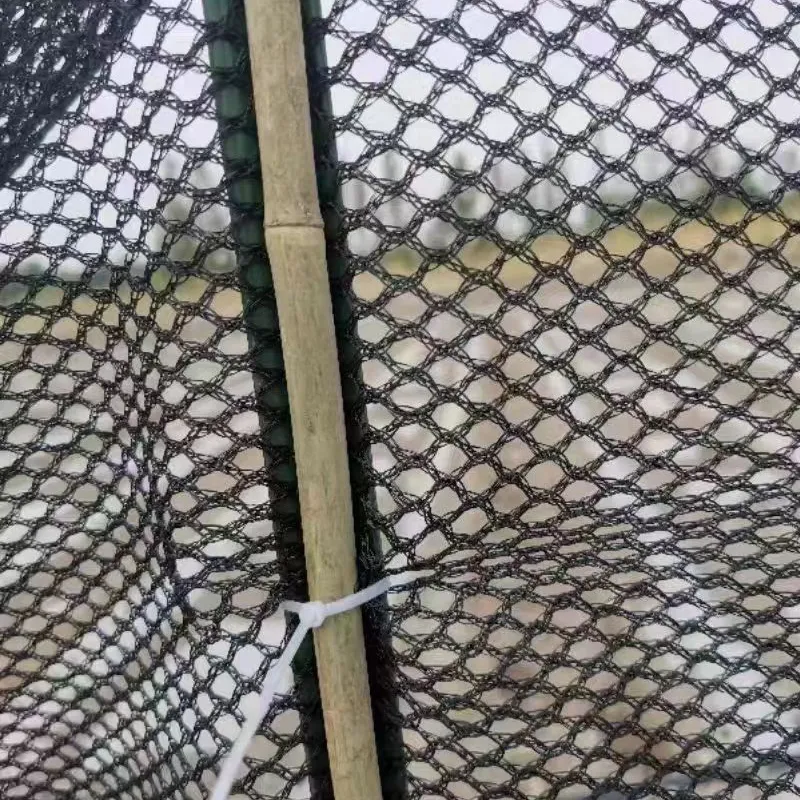-
 Afrikaans
Afrikaans -
 Albanian
Albanian -
 Amharic
Amharic -
 Arabic
Arabic -
 Armenian
Armenian -
 Azerbaijani
Azerbaijani -
 Basque
Basque -
 Belarusian
Belarusian -
 Bengali
Bengali -
 Bosnian
Bosnian -
 Bulgarian
Bulgarian -
 Catalan
Catalan -
 Cebuano
Cebuano -
 China
China -
 Corsican
Corsican -
 Croatian
Croatian -
 Czech
Czech -
 Danish
Danish -
 Dutch
Dutch -
 English
English -
 Esperanto
Esperanto -
 Estonian
Estonian -
 Finnish
Finnish -
 French
French -
 Frisian
Frisian -
 Galician
Galician -
 Georgian
Georgian -
 German
German -
 Greek
Greek -
 Gujarati
Gujarati -
 Haitian Creole
Haitian Creole -
 hausa
hausa -
 hawaiian
hawaiian -
 Hebrew
Hebrew -
 Hindi
Hindi -
 Miao
Miao -
 Hungarian
Hungarian -
 Icelandic
Icelandic -
 igbo
igbo -
 Indonesian
Indonesian -
 irish
irish -
 Italian
Italian -
 Japanese
Japanese -
 Javanese
Javanese -
 Kannada
Kannada -
 kazakh
kazakh -
 Khmer
Khmer -
 Rwandese
Rwandese -
 Korean
Korean -
 Kurdish
Kurdish -
 Kyrgyz
Kyrgyz -
 Lao
Lao -
 Latin
Latin -
 Latvian
Latvian -
 Lithuanian
Lithuanian -
 Luxembourgish
Luxembourgish -
 Macedonian
Macedonian -
 Malgashi
Malgashi -
 Malay
Malay -
 Malayalam
Malayalam -
 Maltese
Maltese -
 Maori
Maori -
 Marathi
Marathi -
 Mongolian
Mongolian -
 Myanmar
Myanmar -
 Nepali
Nepali -
 Norwegian
Norwegian -
 Norwegian
Norwegian -
 Occitan
Occitan -
 Pashto
Pashto -
 Persian
Persian -
 Polish
Polish -
 Portuguese
Portuguese -
 Punjabi
Punjabi -
 Romanian
Romanian -
 Russian
Russian -
 Samoan
Samoan -
 Scottish Gaelic
Scottish Gaelic -
 Serbian
Serbian -
 Sesotho
Sesotho -
 Shona
Shona -
 Sindhi
Sindhi -
 Sinhala
Sinhala -
 Slovak
Slovak -
 Slovenian
Slovenian -
 Somali
Somali -
 Spanish
Spanish -
 Sundanese
Sundanese -
 Swahili
Swahili -
 Swedish
Swedish -
 Tagalog
Tagalog -
 Tajik
Tajik -
 Tamil
Tamil -
 Tatar
Tatar -
 Telugu
Telugu -
 Thai
Thai -
 Turkish
Turkish -
 Turkmen
Turkmen -
 Ukrainian
Ukrainian -
 Urdu
Urdu -
 Uighur
Uighur -
 Uzbek
Uzbek -
 Vietnamese
Vietnamese -
 Welsh
Welsh -
 Bantu
Bantu -
 Yiddish
Yiddish -
 Yoruba
Yoruba -
 Zulu
Zulu
welded steel fabric reinforcement
Welded Steel Fabric Reinforcement An Overview
Welded steel fabric reinforcement, often referred to as welded wire mesh or welded wire fabric, plays a crucial role in modern construction practices. This innovative material is widely used in concrete structures to improve structural integrity, enhance tensile strength, and ensure durability. Its effectiveness has made it a staple in various applications, ranging from residential buildings to large-scale infrastructure projects.
What is Welded Steel Fabric?
Welded steel fabric is composed of a grid of longitudinal and transverse wires that are welded together at their intersections. This forms a series of uniform squares or rectangular openings. The wire used is typically cold-drawn high-carbon steel, known for its high strength and durability. The mesh is manufactured in various sizes and configurations, allowing architects and engineers to select the most appropriate type for their specific project needs.
Advantages of Welded Steel Fabric Reinforcement
One of the primary advantages of welded steel fabric is its ability to uniformly distribute loads across a concrete slab or structure. This uniformity can significantly reduce the likelihood of cracking and structural failure, leading to safer and more resilient buildings. Additionally, the use of welded wire mesh enhances the overall ductility of concrete, allowing structures to withstand dynamic loads, such as those from earthquakes or heavy winds.
Another notable benefit is the efficiency it brings to the construction process. Unlike traditional rebar placement, which often requires intensive labor and time-consuming positioning, welded steel fabric can be quickly rolled out and placed in position. This speed not only accelerates the construction timeline but also minimizes labor costs.
Moreover, welded steel fabric is versatile and can be used in a multitude of construction applications, including floors, pavements, walls, and even precast concrete elements
. This versatility makes it a preferred choice for a variety of projects, from highways to residential homes.Installation and Design Considerations
welded steel fabric reinforcement

When planning for the installation of welded steel fabric, it is crucial to consider various design factors. The mesh must be selected based on the load-bearing requirements of the structure, which is often determined through comprehensive engineering analysis. Factors such as spacing, wire diameter, and mesh size are essential to ensure optimal performance.
Proper installation techniques are equally important. Welded steel fabric should be positioned at the correct elevation within the concrete slab to maximize its effectiveness. Typically, it is placed in the middle third of the slab thickness, where it can best counteract tensile forces. Additionally, adequate anchorage to the surrounding concrete is essential to prevent migration during the pouring process.
Applications of Welded Steel Fabric
The applications of welded steel fabric are extensive. In residential construction, it is commonly used in driveway slabs, patio slabs, and basement floors. Its use in these areas helps mitigate cracking and provides long-lasting performance.
In commercial projects, welded wire mesh is integral to reinforced concrete structures such as parking garages, warehouses, and office buildings. It enhances the structural capacity of slabs and walls, effectively accommodating larger spans and heavier loads.
The infrastructure sector also benefits greatly from welded steel fabric reinforcement. Bridges, highways, and tunnels utilize this reinforcement to provide stability and resistance to dynamic loads. The durability of welded wire mesh ensures that infrastructure can withstand the rigors of time and environmental conditions.
Conclusion
Welded steel fabric reinforcement represents a significant advancement in construction materials. Its ability to enhance the strength, durability, and efficiency of concrete structures makes it an invaluable asset for builders and engineers alike. As construction technologies continue to evolve, the versatility and robustness of welded steel fabric ensure its place at the forefront of modern building practices. Whether for residential or infrastructure projects, understanding and utilizing this material effectively can lead to safer and more resilient structures for our communities.
-
Shipping Plastic Bags for Every NeedNewsJul.24,2025
-
Safety Netting: Your Shield in ConstructionNewsJul.24,2025
-
Plastic Mesh Netting for Everyday UseNewsJul.24,2025
-
Nylon Netting for Every UseNewsJul.24,2025
-
Mesh Breeder Box for Fish TanksNewsJul.24,2025
-
Expanded Steel Mesh Offers Durable VersatilityNewsJul.24,2025











